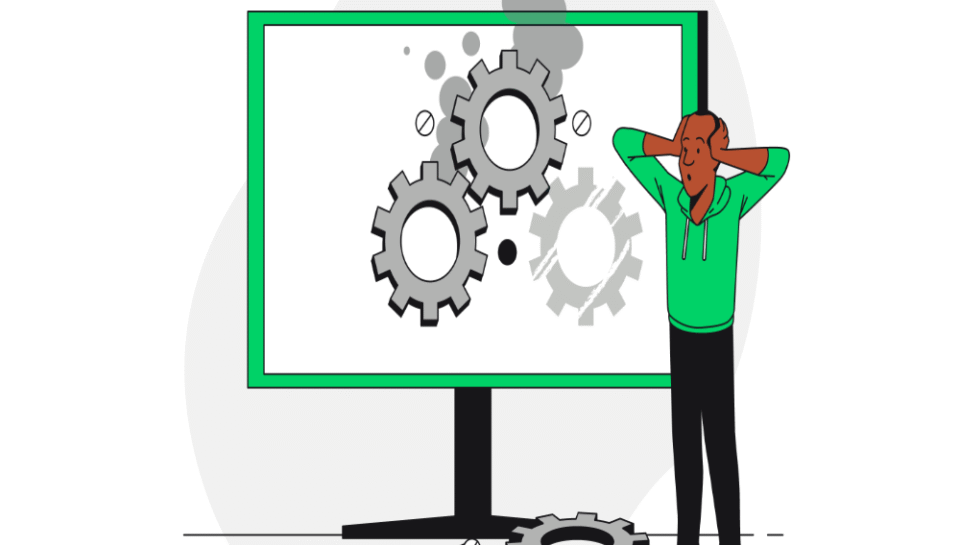
Detail the technical challenges often faced during a redesign
Introduction
A website redesign is a complex endeavor that goes beyond visual updates—it involves reengineering the technical infrastructure, functionality, and integrations that power the site. While the goal is to enhance performance, security, and user experience, the process often comes with technical challenges that can impact timelines, budgets, and outcomes if not proactively managed. Identifying and addressing these issues early is key to ensuring a successful redesign.
1. Legacy Code and Outdated Architecture
Many older websites are built on outdated frameworks or poorly structured codebases that make upgrades difficult. Refactoring or rebuilding from scratch may be necessary, but this often leads to compatibility issues, broken functionality, and increased development time.
2. CMS Migration Complexities
Switching from one content management system (CMS) to another (e.g., from Joomla to WordPress) requires careful content mapping, plugin compatibility checks, and data migration. Custom features or extensions may not have direct counterparts in the new CMS, requiring redevelopment.
3. Preserving SEO and Redirect Management
Redesigns often alter URL structures, page hierarchies, and meta data—putting existing search engine rankings at risk. Setting up 301 redirects, updating internal links, and preserving sitemap structures are critical but technically challenging tasks that require precise execution.
4. Performance and Page Speed Optimization
New designs often include high-resolution images, dynamic elements, or custom scripts that increase page load times. Developers must optimize assets, implement caching strategies, and use tools like CDNs and lazy loading to maintain or improve performance.
5. Mobile Responsiveness and Cross-Browser Compatibility
Ensuring that the new site functions seamlessly across devices and browsers can be difficult, especially when dealing with complex interfaces or third-party integrations. Each screen size and platform may require tailored styles, layouts, and scripts.
6. Integration with Third-Party Tools and APIs
Modern websites often rely on CRM systems, payment gateways, analytics platforms, chatbots, and marketing tools. Redesigns can disrupt these integrations if APIs change or if the new tech stack lacks compatibility, requiring custom development and thorough testing.
7. Security Enhancements and Data Protection
As older plugins or frameworks are phased out, vulnerabilities can be introduced if security best practices aren’t followed. Redesigns must include SSL implementation, secure login protocols, input sanitization, and role-based access control to protect user data.
8. Content Migration and Formatting Issues
Migrating content from an old site to a redesigned one can result in broken layouts, lost metadata, or distorted formatting—especially when changing CMS platforms or custom templates. Automated migration tools often require manual post-migration cleanup.
9. Scalability and Hosting Challenges
A redesigned site may attract more traffic or require additional server resources. Ensuring that the hosting environment is scalable, secure, and compatible with the new architecture is critical. This might involve upgrading to cloud hosting or optimizing databases for performance.
10. Development and Deployment Coordination
Without proper version control, staging environments, or testing protocols, developers risk deploying broken features or incomplete updates. Tools like Git, CI/CD pipelines, and staging servers must be integrated into the workflow to manage rollout effectively.
11. Real-Time Analytics and Tracking Reconfiguration
Redesigns often break existing Google Analytics, Facebook Pixel, or Tag Manager implementations. Ensuring accurate tracking requires updating scripts, setting event goals, and testing conversions across new layouts and pages.
12. Accessibility and Compliance Requirements
Meeting WCAG accessibility standards during a redesign involves technical adjustments such as proper semantic HTML, ARIA attributes, color contrast settings, and keyboard navigation. Overlooking these can result in legal risks and exclude users with disabilities.
Conclusion
Website redesigns offer immense value but come with a host of technical challenges that demand detailed planning, technical expertise, and cross-functional collaboration. Addressing issues like code legacy, SEO preservation, third-party integrations, and data migration early in the process ensures a smoother transition and a more robust, future-ready digital platform.
Hashtags
#WebsiteRedesign #TechChallenges #WebDevelopment #CMSMigration #WebPerformance #PageSpeed #SEOPreservation #DataMigration #WebSecurity #CrossBrowserCompatibility #MobileOptimization #APIsIntegration #WebAccessibility #ModernWebDesign #UXEngineering #SecureDevelopment #WebHosting #CDNOptimization #DevOps #DigitalInfrastructure #ResponsiveDesign #DigitalTransformation #WebTesting #VersionControl #WebsiteLaunch





